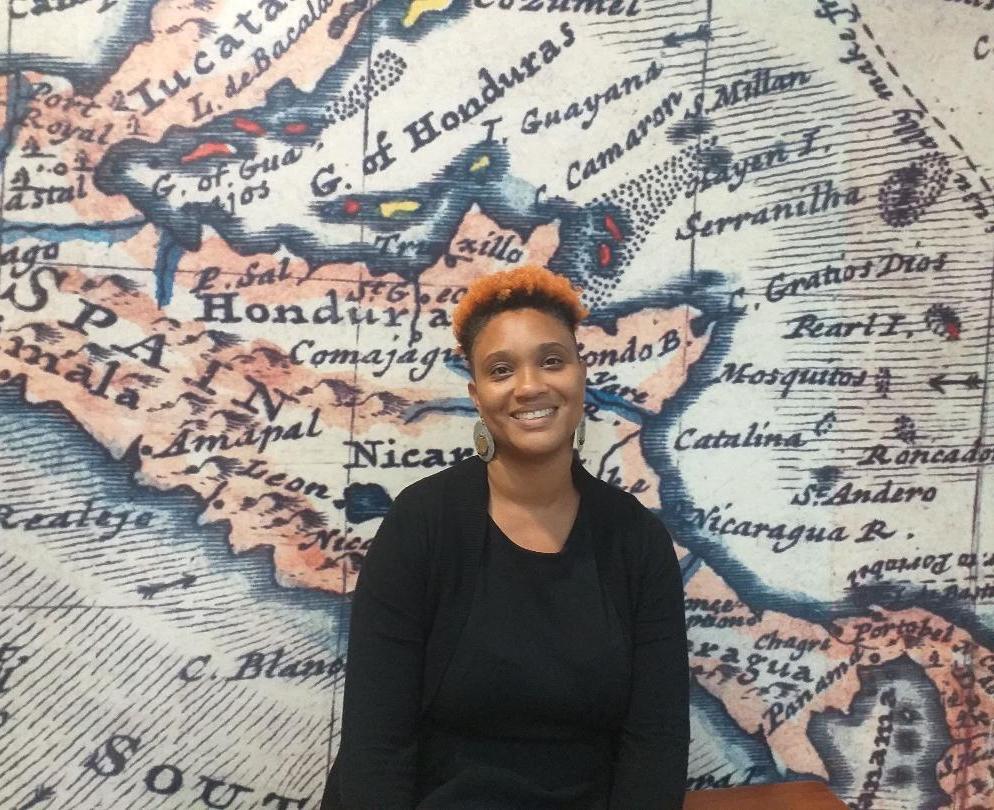History and Healing in the Museum Space
The Repair Campaign spoke with Dr Shani Roper, Curator of the UWI History Museum in Jamaica.
March 28, 2024


Tell us about yourself and what you do.
I’m a trained as a Caribbean historian with an interest in institutionalised children in the 19th and early 20th century, including Caribbean childhoods and social welfare interests.
I’ve worked in museums for about 20 years and currently, I’m curator of the University of the West Indies (UWI) Museum located in the regional headquarters in Jamaica. Two really important projects we’re working on at the moment are a repatriation program with the University of Glasgow, and an exhibition about Jamaican artist Gloria Escoffery whose work was collected by The UWI.
Could you tell us about the UWI Museum?
For context, the university was established in 1948 as a single residential campus serving 12 Caribbean countries and has since evolved into five campuses with approximately close to 50,000 students operating in 24 sites. The campuses of Mona, St Augustine, Cave Hill and Five Islands all occupy former plantation sites.
It has a very broad history and is known for being the first instrumental regional teritary education institution whose history is defined by the decolonisation movement. During the period of political independence, a lot of our very important political, intellectual and historical theorists emerged out of the university system.
The University of the West Indies Museum’s mandate is really to document, exhibit and research this history and evolution. The founding curator was Dr. Susan Francis Brown, a UWI landscape historian who does work from the enslavement period to the World War II internment camps that were held in Jamaica. The UWI Museum is approximately 11 years old and I’m the second curator.
The museum focuses on historical collecting as well as contemporary collecting. Oral histories play a very important role in our documenting the culture of student life and administrative life. In this way, we interrogate what it means to occupy these spaces and how you transform location but live with the past and the present at the same time. This becomes especially relevant when memorialising the history of plantation societies on the campuses located on former plantations.
What is the UWI Museum currently working on?
The next thing that we’re working on is the Goria Escoffery exhibition. Escoffery is a Jamaican artist who died in 2002. She was a practicing artist, an art critic and poet and was intimately connected to the local art scene.
She was heavily collected by the university in the 1969s, so this exhibition is about the university’s positionality in the art scene and its role as a space that encouraged exhibitions.
A lot of people don’t actually know that the university has had a long history of art collection and intervention work, especially in the ‘60s and ‘70s. The practice overlaps with Philip Sherlock’s tenure as Vice Chancellor.
What does memorialisation mean to you, particularly in the Caribbean context, and why is it important?
I think we need to define memorialisation very broadly. A lot of times people think about a ceremony, a commemorative event or a monument in a specific space but in the Caribbean, memorialising can encompass all these things. In a lot of spaces, we do national holidays as a way of commemorating various cultural activities that may at some point have been considered illegal or anti-colonial.
But I think the more important discussion when we talk about memorialising is really about confronting trauma in the past. Memorialisation, when done effectively, is about providing space and time for healing. Acknowledging that trauma has happened, honouring the persons who were victimised and then coming up with a way to heal the fissures in society.
One of the things I find in the Caribbean is that we don’t spend a lot of time thinking through trauma or the legacy of trauma. We don’t spend a lot of time thinking about violence, specifically because life requires you to just get one with it.
What role do museums or other institutions play in memorialisation?
In the case of museums, if you’re going to engage a student audience and therefore school curricula, you have to think about the language you use, the objects you use and what stories you are telling around a particular event.
These are also questions that arise when thinking about memorialisation more generally. Is it enough to have a national holiday or is it enough to have a park? If we think about Emancipation Park in Jamaica, or Heroes Park or even Sir William Grant Park (which is a very interesting park because it was originally Queen Victoria Park), are these spaces of discourse on colonialism anti colonialism, are they being used effectively? We put up monuments but does it have a long-lasting impact? Does its memory wane over time?
There’s a static kind of memorialisation where you memorialise the object now, within a particular moment, and then there is dynamic memorialisation, which asks, how does this monument continue to tell the story in a way that is impactful to the local community?
In the Caribbean space, do you think there has been any bias that we haven’t yet accounted for or are there any perspectives that have been missing?
Of course, it’s a field like any other that’s evolving, and it’s a practice that is shaped by limited human resources, inadequate infrastructure and poor policy frameworks. If we take heritage as a sector – referring to the art economy, the museums and the creators – it’s not just a field of theory, it’s a field of practice and I think very often people fail to see it in its truest light. That means there are some areas that are underfunded and need to be strengthened. For example, we know we need policy interventions, more funding, better preservation frameworks, more opportunities for young professionals, more advocacy, programmes for public education, better public sector engagement, and improved infrastructure. That’s not to say that governments are not trying to do it but there’s always work to be done.
We have to think about the heritage sector as a complex and dynamic space that’s open to change and evolution because creatives and practitioners are also evolving. But we need to cultivate a space for shared discussion on memorialisation where the creative or artist is in conversation with the policymaker, the budget holder, the administrator, the researcher, and so on. It is to be seen as an intellectual space, not a space for fossilisation.
It’s worth saying too, that outside of heritage and museum spaces, there are also so many possibilities for memorialisation that can be explored. For example, national dance and theatre companies do a lot of engagement around those things.
We also have to think about the ways in which we define ourselves as a region, especially around tourism. I don’t think you can have a discussion about heritage that doesn’t talk about gaze and whose gaze we pander to, especially if tourism is the foundation of their economy.
How does repatriation of artefacts fit in the memorialisation and reparations landscape?
I think more countries in the Caribbean need to sign on to the conventions to repatriate heritage which would also require legislation. All this takes time, but I think we should have more activities like repatriation.
Some of it too is about changing our view on what’s worth repatriating. For example, Benin Bronzes, human remains, and significant works of art are popular items discussed in repateiation. Some persons may feel that if you don’t have those big-ticket items, then what’s really the point of repatriation? This is partially because many of us in the Caribbean are not aware of what is in collections storage in Europe and the rest of the world.
What is the role of memorialisation in reparatory justice especially given reparations are often incorrectly reduced to just financial compensation?
We know reparations is not just about money. It is about changing structures and infrastructures, acknowledging wrong done. That’s where it starts. And this wrong could be internal or external. Reparations in this hemisphere looks at the long histories of enslavement and exploitation to hold European nations accountable for the ways in which they have significantly profited from enslavement, monocrop economies and systematic extraction from Caribbean nations, and for creating a social, economic and political structure that we can’t get out of.
Memorialisation plays, in many cases, a public education role. It makes the abstract historical statistics real through an interaction with art, for example. In addition to art, it may be a commemorative event. In these ways, memorialisation plays a very important role because it makes the theory and the history more tangible and accessible. It allows for public engagement which allows for opportunities to re-evaluate how people understand the past.
At another level, it allows for us to think about how we go about healing, discussing and re-educating. For example, in Jamaica, a lot of the initial work that was done on reparations is around object materials, tools of violence and punishment. But there are some other local issues that require reparatory justice. For example, the Coral Gardens incident with Rastafarians. Memorialising requires healing on multiple dimensions.
March 25th is International Day for the Remembrance of the Victims of Slavery and the Slave Trade. Do you think the Caribbean has done enough to begin to mark and commemorate the trauma around that?
Recognising March 25th is important – the day presents an opportunity for various areas to be engaged in and forces the international community to see it as an important activity which is crucial.
Overall, I think we’ve made a good start. Trauma doesn’t heal overnight. If you have 300 years of trauma, the expectation can’t be that if you commemorate over 10 years or 20 years, you’ve somehow undone the trauma. Commemoration is just one part of our larger mission for change. A lot of work has been done, and we continue to do our public education work, but it’s not something that can be done overnight.
Do you have any final thoughts for us?
The work on memorialising is ongoing and it’s twofold: there is the internal work that has to be done about the reinterpretation of space, and the external work that has to be done about engaging the diaspora and other communities about what we’re doing.
My hopes centre around the increased publication of heritage professionals in the region. Instead of Europeans coming to the Caribbean, sitting in on classes, taking their notes, writing their papers and writing about us, we as heritage professionals (or cultural professionals) are ourselves the intellectuals of our field. And our role is to continue to provide counter narratives about ourselves.
I think we have to challenge decolonisation as a big word that is not clear. We also have to start repositioning ourselves. We have to write and we have to see our fields as legitimate, in light of the fact that if we’re not careful, a lot of the scholarship will again be located outside of the region, and that will continue to perpetuate the extraction of our culture.
